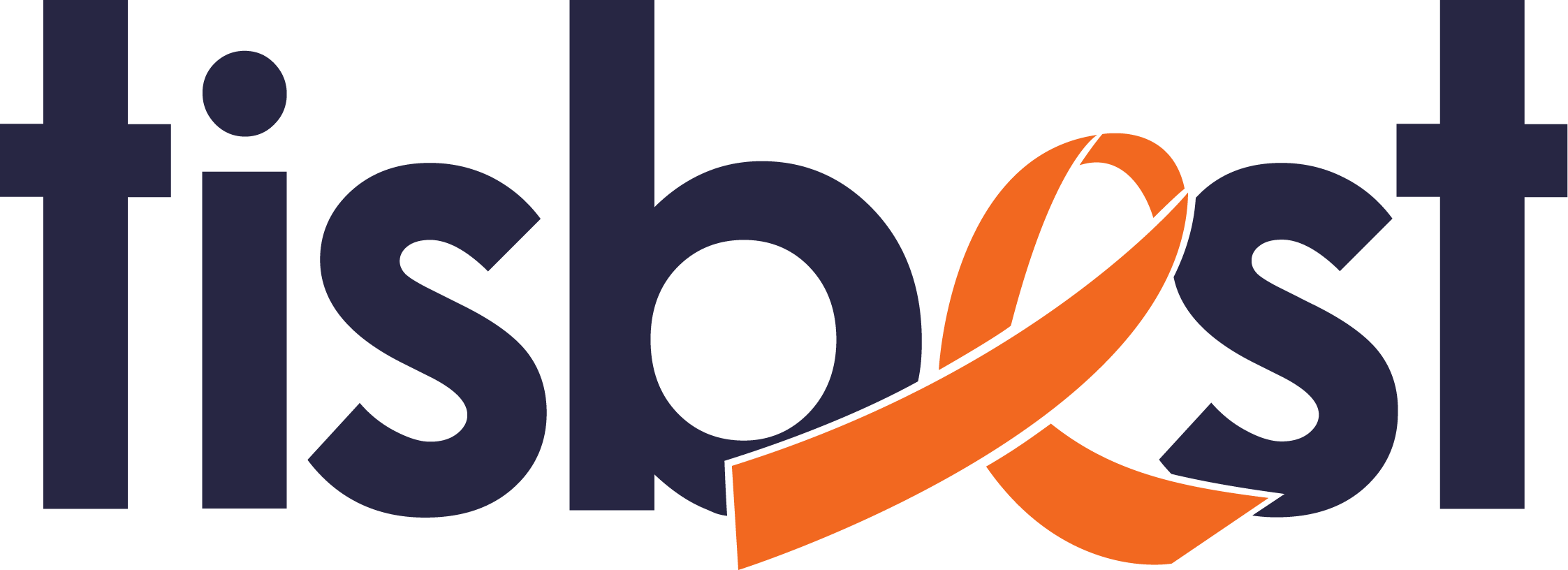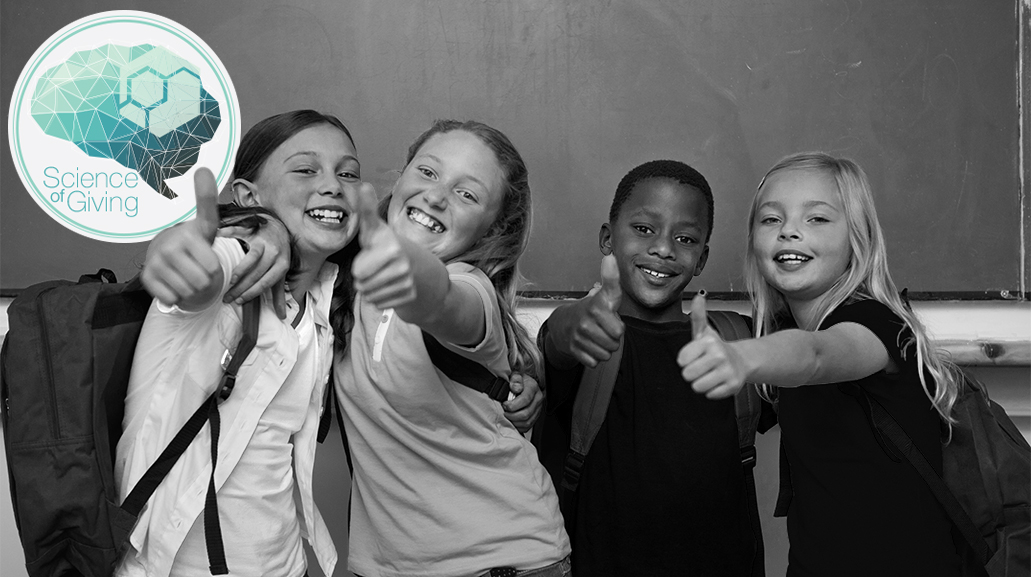Transforming the classroom through generosity | Science of Giving Series #3
A year ago, as we were putting the finishing touches on the curriculum that would eventually become the DiscoverGiving program, I was invited to teach a pilot lesson to a group of fourth graders from a local public school. These kids—and their incredibly flexible teacher—were my experiment group. After months of research and writing and meetings with elementary school teachers, the lesson plans were getting their first road test. Would the students enjoy the activities? Would they take the discussion topics seriously? For months I had poured my heart and soul into these lesson plans and I now believed in them deeply, fervently. Making sure they actually worked in a classroom setting was the next crucial step.
I needn’t have worried. From the opening group brainstorming session on examples of philanthropy (which we defined as “sharing time, talent or treasure to create positive change”) to the final enrichment vocabulary activity, the students were taking things very seriously. There was, after all, real money involved: each student received a TisBest Charity Gift Card worth $1.00 to donate towards a cause they felt passionate about. For many of the students, this was the first time anyone—much less an adult—sat down with them and asked them what they care about, and how they think they can help.
The charity gift card activity moved us to the computer lab, where one particularly quiet boy named Vincent caught my eye. As his classmates peppered me with questions about donating their gift card dollars, Vincent sat quietly in front of the screen, methodically scanning each category of charities. Finally, he motioned me over.
“Excuse me,” he said in a softly accented whisper. “My family is from Peru. Are there any charities that help people in Peru?”
“Let’s take a look,” I said, and a smile spread across his face. Later, as I was combing through my notes from the lesson, I noticed that Vincent had chosen to donate his dollar to Children’s Hunger Fund. During the donation process, students are asked to write a note to their teacher explaining why they donated to the charity they chose to support. I looked up Vincent’s note.
I gave to this charity because I think it is good that they fight hunger all over the world, Vincent wrote. I knew that in his heart, he made the donation for the children of Peru.
A ripple effect
Recent research has shown that generosity is contagious, affecting others up to three degrees in human interactions: from person to person to person to person. A study out of Harvard Medical School tracked the generous behavior of participants, which eventually tripled by the end of the intervention. One possibility? The powerful influence of elevation (that warm, fuzzy feeling we get when we see someone perform a good deed). By triggering the elevation response, one person’s good deed begins to travel quickly within a social network, influencing the decisions and behavior of others. Within the incubated setting of a classroom, the results of such a shift in attitude and behavior can be immediate and long-lasting.
The emotional effects of generosity and elevation are of growing interest to researchers. In children as young as 2 years old, studies have demonstrated a remarkable link between giving and happiness, indicating that from a very early age human brains are designed to find giving intrinsically rewarding. This link persists into adulthood and across cultures all over the world. Studies have also documented the benefits to those who are “elevated” by witnessing an act of generosity or compassion, showing that students who experience elevation have a decrease in anxiety, stress and depression, and an increase in levels of compassion and psychological flourishing.
For any teacher struggling to turn around a negative classroom atmosphere, these studies offer a welcome—and stunningly simple—solution.
Boosting academics
An increasing number of classroom programs focus on practicing prosocial behaviors such as generosity, empathy and compassion. In a classroom setting, a focus on prosocial skills has been shown to increase the level of helping behaviors in students, and decrease levels of aggression and bullying. Studies have also noted an important connection between prosocialness and academic performance, showing a positive correlation between early demonstrations of prosocial behavior and later academic achievement. Students who are helpful and generous with others may also experience stronger and healthier friendships, as well as decreased physical and verbal aggression.
The effects of engaging in service learning projects are equally remarkable. When students share their time or talent in the service of others, the positive benefits read like a laundry list of a parent’s deepest desires: service learning projects correspond with stronger student performance in math, reading, history, social studies and science. These students are more likely to complete high school, and less likely to engage in risky behaviors such as smoking, drugs and early sexual activity.
Programs like DiscoverGiving aren’t just about teaching kids how to donate money or volunteer their time, however worthy those activities may be. By tapping into the intrinsic motivations behind giving and generosity, students can begin to explore one of life’s most important and fundamental questions: What kind of impact do I want to have on the world? For an 8, 10 or 12 year old whose life is a carefully orchestrated series of events, considering what kind of difference they can make in the world can be deeply, powerfully transformative.
For Vincent, whose family traveled almost 5,000 miles away from home and began a new life on a new continent, the ability to give did more than reconnect him to his homeland: it helped him put down roots in his new life. In that tiny computer lab with its beat up old monitors and flickering fluorescent lights, Vincent learned that he matters. He learned that his choices are valued, and that what he cares about is valid and important. Multiply this experience by 24, and you’ve got a class full of students who see the world—and themselves—a little differently now. Academic benefits aside, can you imagine how things might be if every child came home from school having learned how much this world needs them? This, my friends, is an achievable goal. Go out and make it happen for a classroom in your neighborhood.
Resources for parents:
- Raising Happiness blog with Dr. Christine Carter
- Raising an Emotionally Intelligent Child, by John Gottman, PhD
Resources for teachers:
- DiscoverGiving, a classroom philanthropy project from TisBest
- Learning to Give lesson plans
- Greater Good Science Center

